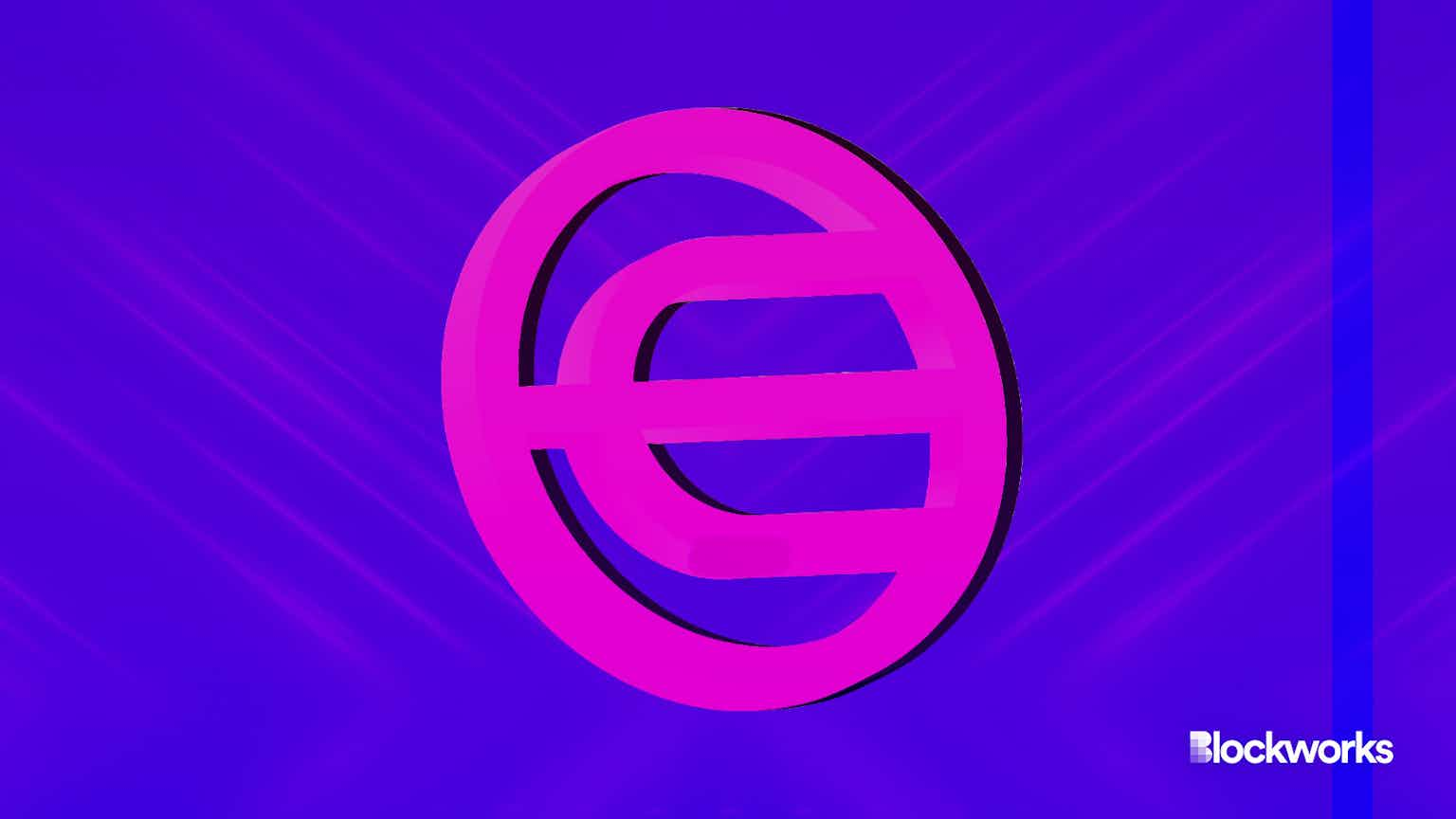Metaverse Platforms Set the Record Straight About Daily Active Users
DappRadar data was incorrectly reported as the number of daily active users on metaverse platforms

Source: DALL·E
key takeaways
- Decentraland and The Sandbox distinguish raw player numbers and those engaging in on-chain transactions
- “Success is measured by how many people are sharing, engaging, and socializing within the platform,” says Decentraland Foundation’s creative director
In a virtual future helmed by the metaverse, data — whether on-chain or off-chain — is an incredibly lucrative commodity. But interpreting that data can prove complex.
One recent example came from a recent CoinDesk article that cited figures shared by decentralized finance (DeFi) analytic firm DappRadar. It reported that popular metaverse Decentraland had 38 daily active users (DAU) while rival The Sandbox had 522 DAUs on Oct 7.
Yet, they still boast billion-dollar valuations.
CoinDesk’s headline — “It’s Lonely in the Metaverse: DappRadar Data Suggests Decentraland Has 38 ‘Daily Active’ Users in $1.3B Ecosystem” — sparked some backlash, especially from the projects directly, which have moved to set the record straight about their user stats.
As a result, the article has been updated multiple times to reflect a more detailed picture of usage within Decentraland and The Sandbox.
DappRadar explained why it counted less than 40 active users on Decentraland in a blog post.
DappRadar tracks on-chain transactions via smart contracts, which are mainly submitted by developers of decentralized applications (dapps). It determines the number of transactions from or to a smart contract and the number of unique active wallets (UAW) interacting with a dapp’s smart contracts.
In this case, the number of unique active wallets tied to Decentraland activity was cited as the number of unique active daily users, or rather, ‘payers’ versus ‘players.’
It turns out that users in these metaverse platforms frequently perform activities without explicitly interacting with a blockchain, which converts to a relatively low amount of on-chain activity.
Blockworks connected with the aforementioned parties to understand the differences between Web2 and Web3 analytics.
Decentraland is pushing to recalculate DappRadar figures
Decentraland Foundation’s Creative Director Sam Hamilton pointed out that the commercial activity of social media users, such as credit card transactions on Instagram, is never considered the primary measure of success for that platform. The metaverse should be no different.
“Success is measured by how many people are sharing, engaging and socializing within the platform,” he said, adding that “people traveling to and from different parcels, creating avatars and world building, and communicating with each other, is what should be the primary metric here, not smart contract transactions.”
Decentraland was quick to tweet its own metrics and claimed that the metaverse platform accounted for 1,074 users interacting with smart contracts in September and a total of 56,697 monthly logged-in users.
In a blog post, the Decentraland Foundation defined an “active user” as someone who enters Decentraland and moves out of the initial parcel they entered the world into, not just someone who engages in transactions.
Roblox, a metaverse gaming platform not based on a blockchain, reported having 52 million daily active users in the second quarter of 2022, but only 11.3 million monthly unique payers.
And Second Life, one of the earliest non-blockchain metaverse platforms started in 2003, has 70 million registered accounts and a daily average of 200,000 users. Around 350,000 new accounts are created each month, according to a recent blog post from Second Life developer Linden Labs.
In Roblox or other free-to-play virtual worlds, most players aren’t necessarily engaging in in-game transactions. Even so, users that don’t buy anything are still considered active users.
Decentraland described DappRadar’s tracking tools to be “not complete nor up to date.” DappRadar was only tracking 13 Decentraland contracts, and according to the blog post, it will now track over 3,000 smart contracts.
“The Decentraland team is currently updating their list of smart contracts, and we’re therefore recalculating their metrics,” DappRadar CEO Skirmantas Januskas told Blockworks.
Januskas added that the company has been providing “accurate” data and insights of on-chain transactions of more than 13,000 dapps for nearly five years. “Everything is transparent on the blockchain. Still, the space is nascent and very fast-moving.”
According to Decentraland, it appears that DappRadar didn’t account for “one of the most common” forms of user activity — so-called “meta-transactions” — which allow users to purchase a wearable from the Decentraland Marketplace, for example, without paying a transaction fee.
Sam Hamilton, Decentraland Foundation’s creative director, added that Decentraland is not a company, but rather a DAO and an open-source Web3 metaverse platform “that doesn’t view users as a product by which to measure success.”
Web3 analytics vs. Web2 data
Atlas Corporation, an independent Web3 development and analytics provider for metaverse institutions, also felt “an obligation” to “refute” the CoinDesk article by writing its own blog post.
As a Decentraland DAO grant recipient that runs its own analytics, Atlas Corp. demonstrated there are roughly 8,000-10,000 daily active users.
Atlas Corp. developer Avi Aisenberg said that “metaverse data doesn’t come in the same shape as Web2 analytics.” Transaction data in Web2 is rarely public, aside from self-reported figures, and almost never accessible to those outside of the centralized organization.
In Web3, where transactions occur on public blockchains, “you have to know where to look,” Aisenberg said. Data is usually aggregated on third-party platforms like DappRadar. If a platform is truly decentralized, then any reported data can be verified.
When it comes to determining active users in gaming metaverses, assessing “foot traffic” is more complex — distinguishing between transactions and active users is key. The number of payers is on-chain public data, whereas stats on active users or players is off-chain internal data.
Users can enter Decentraland or The Sandbox regularly without purchasing NFTs or making a transaction on the blockchain. Activity on-chain is thus not reflective of engagement.
The Sandbox
The same goes for The Sandbox, according to Sebastian Borget, its chief operating officer and co-founder.
“You can spend hundreds of hours actively playing 90+ experiences throughout Alpha Season 3 without ever making a single transaction,” Borget said. “Those users would not be reflected in on-chain transaction metrics, despite clearly qualifying as active users by gaming industry standards.”
The Sandbox provided Blockworks with the most recent metrics from its ongoing Alpha Season 3:
- 39,000 daily users
- 201,000 monthly users
- 4.1 million total wallets
- 22,267 land owners
- 128 million staked SAND
- 1.6 million hours played
Borget also said that retention — how many users who came on day 1 will come back N days later — is also very important. The Sandbox’s retention rate of 40% at day 14 “is above the industry standard compared to mobile games and proves that we are delivering sticky experiences,” he said.
The number of registered wallets is also key to understanding how many players, LAND owners or creators are being onboarded into Web3 and into the community.
He added that on-chain data tells only part of the story and can be easily misinterpreted by those who may not fully grasp the difference between on-chain and off-chain data, in reference to the CoinDesk article.
While CoinDesk claimed “It’s Lonely in the Metaverse,” Borget argued that it’s a growing community of creators, studios and brands.
And metaverse technology, including augmented reality, virtual reality and artificial intelligence, is still nascent. “It’s unfortunate that the work, passions and contributions of so many were minimized,” Borget said.
Because most platforms operate in silos, the true number of metaverse users may never be possible to report. In Decentraland’s case, people can play in it on private servers not listed by the DAO smart contracts, so a rough estimate is the standard for now.
And while the numbers directly relayed by Decentraland and Sandbox are far lower than many other online gaming and metaverse communities — even niche ones — there is still confusion about how to measure the activity of a decentralized application, especially when a sizable chunk of that usage doesn’t take place on the blockchain.
If Web3 truly aspires for decentralized harmony between our real selves and our digital facsimiles, then pushing for a future which processes all virtual activity on-chain could be warranted, or else debate nuances of what constitutes “real user data” in perpetuity.
Start your day with top crypto insights from David Canellis and Katherine Ross. Subscribe to the Empire newsletter.





